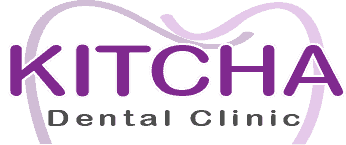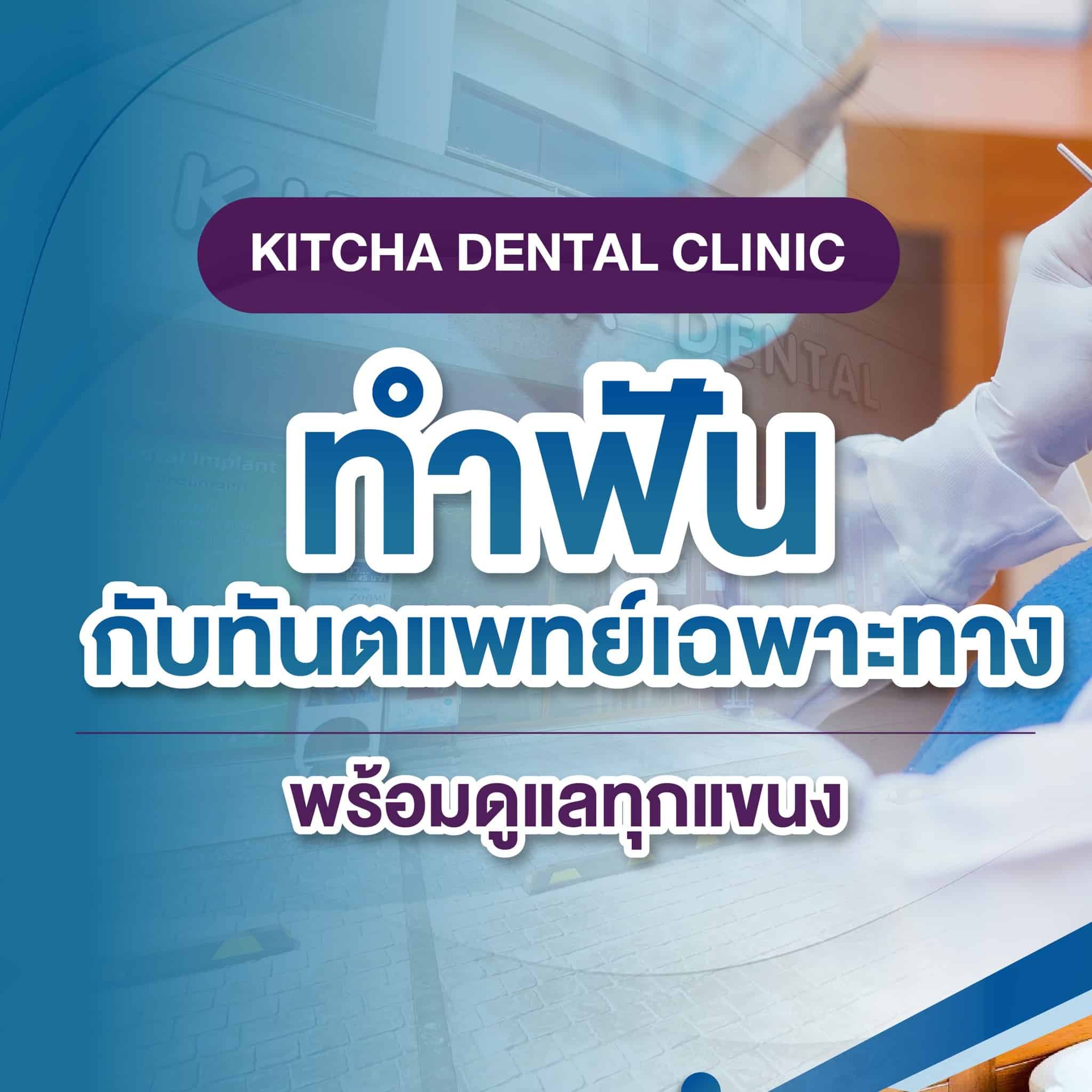
Fluoride Dental Treatment
Prevention of Tooth Decay . Strengthen tooth enamel with Fluoride. Generally done as preventive dentistry, fluoride treatment is used to prevent tooth decay. Fluoride is already present and a normal individual will have have some fluoride intake from food, water, and supplements. Dietary fluoride can be found in tea, fish eaten with their bones and some infant formulas.
Benefits of Fluoride
What fluroide does is it restores minerals to tooth surfaces where bacteria may have eroded the enamel. Fluoride aims to prevent tooth decay, slow it down, or stops decay from getting worse. Fluoride is a natural minerals supports healthy tooth enamel and fights the bacteria that harm teeth and gums.
Flouride Dental Treatment
When you visit your dentist for a routine checkup, aside from having professional teeth cleaning, your dentist may also recommend fluoride treatment especially if you are at high risk for cavities.
During a professional fluoride treatment, your dentist may apply fluoride using a highly concentrated gel, varnish or rinse. The treatment is normally applied with a swab, brush, tray, or mouthwash. They only just a few minutes to apply. And you will be asked to avoid eating or drinking any liquids for 30 minutes directly after the treatment. This is so that the fluoride can fully absorb into your teeth.
- Birth to 3 years of age: 0.1 to 1.5 milligrams (mg)
- 4 to 6 years of age: 1 to 2.5 mg
- 7 to 10 years of age: 1.5 to 2.5 mg
- Adolescents and adults: 1.5 to 4 mg

Care After Fluoride Dental Treatment
General care instructions after having fluoride treatment include:
- For adults, avoid eating and drinking for about 30 minutes after treatment. For children, if they fluoride varnish and must eat after treatment, give only soft foods and avoid hot foods or liquids.
- Your pedodontist may tell you to wait for sometime before tooth brushing for children having fluoride treatment.
- Keep routine care of your teeth and your child’s teeth with regular brushing, flossing and a good diet
Fluoride And Flurosis Faqs
Are there side effects to fluoride?
Too much fluoride can cause negative complications. Although very rare today, side effects of overdosing on fluoride may include :
• white specks on permanent teeth
• problems with bone homeostasis
• staining and pitting on teeth
• weaken very dense bones
For this reason, many children’s toothpastes therefore do not include fluoride. Always keep fluoride supplements out of reach of children and consult your dentist about the right amount of fluoride in-take for your and your family.
How much fluoride should my child use?
For children under 3 years old, if using fluoride toothpaste, they should brush with close adult supervision and only apply only a thin layer of fluoride toothpaste no bigger than a grain of rice. If the toothpaste used do not contain fluoride, visit your pediatrician or pedodontist to check on optimal fluoride in-take through other sources. As for children ages 3 to 6 years old, fluoride toothpaste applied with the size of a pea is recommended. You should ensure they always spit toothpaste out while brushing.
Is fluoride varnish safe?
Fluoride is a natural occuring mineral. It is safe and used by dentists and doctors world-wide to help prevent tooth decay in children. However, only a small amount is always used and is not swallowed.
What is the cause of fluorosis?
Fluorosis is caused by ingestion of excessive fluoride during enamel formation. This means too much fluoride was consumed before the age of 8 while permanent teeth are still forming leading to hypomineralization of tooth enamel. Therefore, do ensure that children spit out fluoride toothpaste and not swallow the toothpaste.
How do I protect my child's teeth without causing fluorosis?
Fluoride is beneficial to your child to strengthen and prevent tooth decay.
• Use fluoridated toothpaste twice a day (a “smear” for children under 3 and a “pea-sized” amount for children older than 3.)
•Children under the age of 6 should not use mouthwash and mouthrinse.
•Make sure kids know to spit, not swallow, excess toothpaste.
Make sure your child drinks water with fluoride
•Go for regular dental visits by your child’s first birthday. You are able to consult a pedodontist or a children’s dentist on recommendation and oral health
You are able to check on the recommended fluoride in-take with your dentist.
What kinds of fluorosis treatment is there?
Fluorosis concerns can be covered with various cosmetic dental treatments that include
• tooth whitening
• dental bonding
• composite veneers and hybrid veneers
• porcelain veneers
• dental crowns
The recommended treatment option for fluorisis will be based on the severity of the condition, your expected end result and budget. Tooth whitening for example may be suited for some mild cases, but teeth bleaching may temporarily make white spots more obvious or worsen the appearance of fluorosis for others. You are advised to seek a cosmetic dental expert relative to self-diagnoses.

